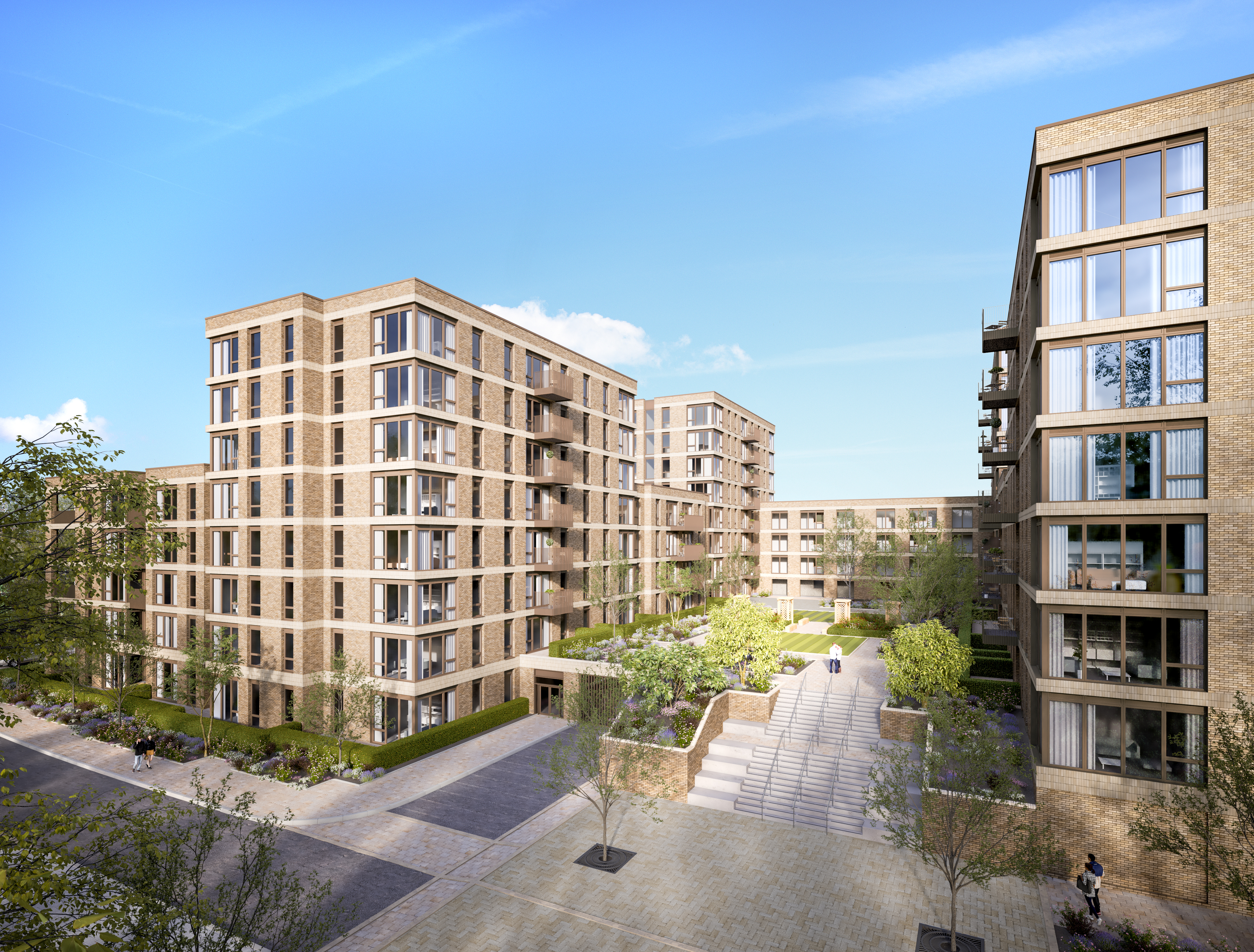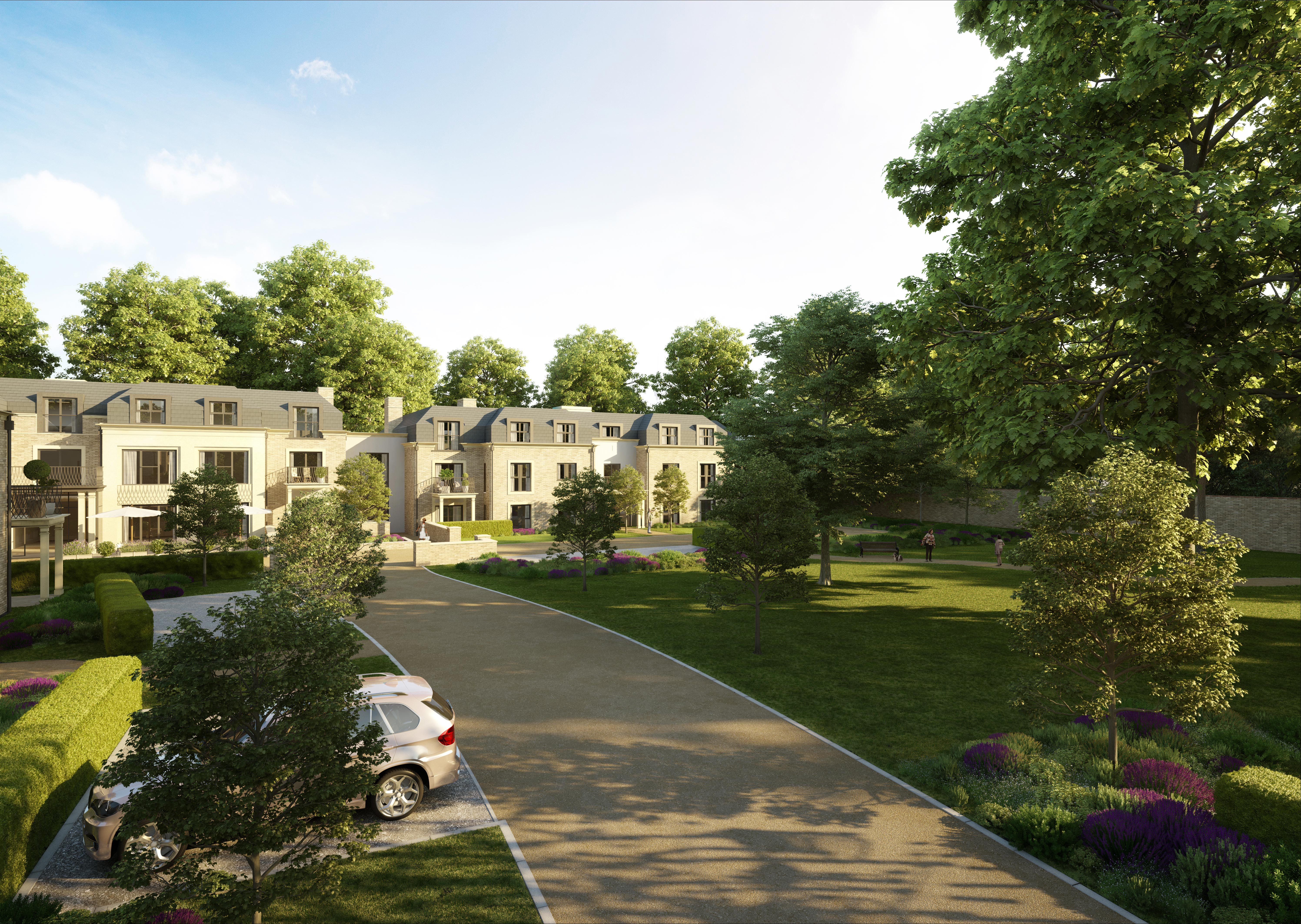In this third and final episode in a series of blogs for Insider Wales, Director Toby Adam looks at how sustainable building design can help reduce our reliance on fossil fuels:
Architects can play a vital role in addressing the energy crisis by designing buildings that are energy-efficient and sustainable. The design of a building has a huge impact on its energy consumption, and architects, together with other members of the design team, have the skills to make buildings more efficient and decrease their demand for energy.
One obvious way architects can address the energy crisis is by designing buildings that incorporate renewable energy sources. This includes features such as solar panels, wind turbines, and geothermal systems, which all work towards lowering a building’s carbon footprint.
However, the easiest and most cost-effective design solutions involve using the building itself to reduce energy needs, rather than bolting on expensive or complicated technology. Making best use of natural light and ventilation can significantly decrease the need for artificial lighting and mechanical systems which are major contributors to energy consumption in buildings. Architects can also design buildings that incorporate passive solar design, which harnesses the sun’s energy to heat and light the building.
Of all these “passive” approaches, an efficient and well insulated building is probably the most important first step. After all, improving the fabric performance is relatively cheap, involves little to no long term maintenance, and requires no running costs once it is built.

But sustainability is a bigger idea than simply thinking about how to reduce the energy a building uses once it opens. As an example, as the energy supply grid is decarbonised, and the energy we use becomes cleaner and less carbon-intense, the carbon used in constructing the building becomes more and more important. The industry is now thinking much more carefully about how much energy, and thus carbon, is used in building a project in the first place. Making buildings that are flexible, adaptable, and robust is also vital, allowing uses to change over time or new technology to be easily added. The ”long life, loose fit, low energy” mantra of the famous Welsh architect Sir Alex Gordon surely applies now as much as it did in 1974 when he first coined the phrase.
Of course, the greenest building is the one you didn’t build at all. But if that is a step too far, then the next best thing is to repurpose a building that already exists. Finding design strategies for re-imagining buildings for new uses, repurposing buildings to respond to new ways of working, or improving efficiency and performance to reduce the carbon footprint are all examples of where architects are ideally placed to help. Demolition of existing structures on a site is no longer the obvious first step it used to be – thinking about how to reuse existing buildings, or even the materials they contain (steel beams, for instance), is gradually becoming the new normal.
Architects can also assist in educating the public about the importance of sustainable design practices. This can include providing information on the benefits of energy-efficient and sustainable design, as well as providing advice, resources, and tools for people to make their own buildings more efficient.
Architects have a unique opportunity to address the energy crisis by applying creative design solutions to meet people’s needs. By designing buildings (both new and reused) that are flexible, energy-efficient, and sustainable, architects can decrease the demand for fossil fuels, lower greenhouse gas emissions, and aid in mitigating the effects of climate change.
For more information about sustainable design, you can contact Toby using the details below.
Toby Adam
Director, Gaunt Francis Architects, 23 Womanby Street, Cardiff
Tel: 029 2023 3993
Email: Toby.Adam@gauntfrancis.co.uk































